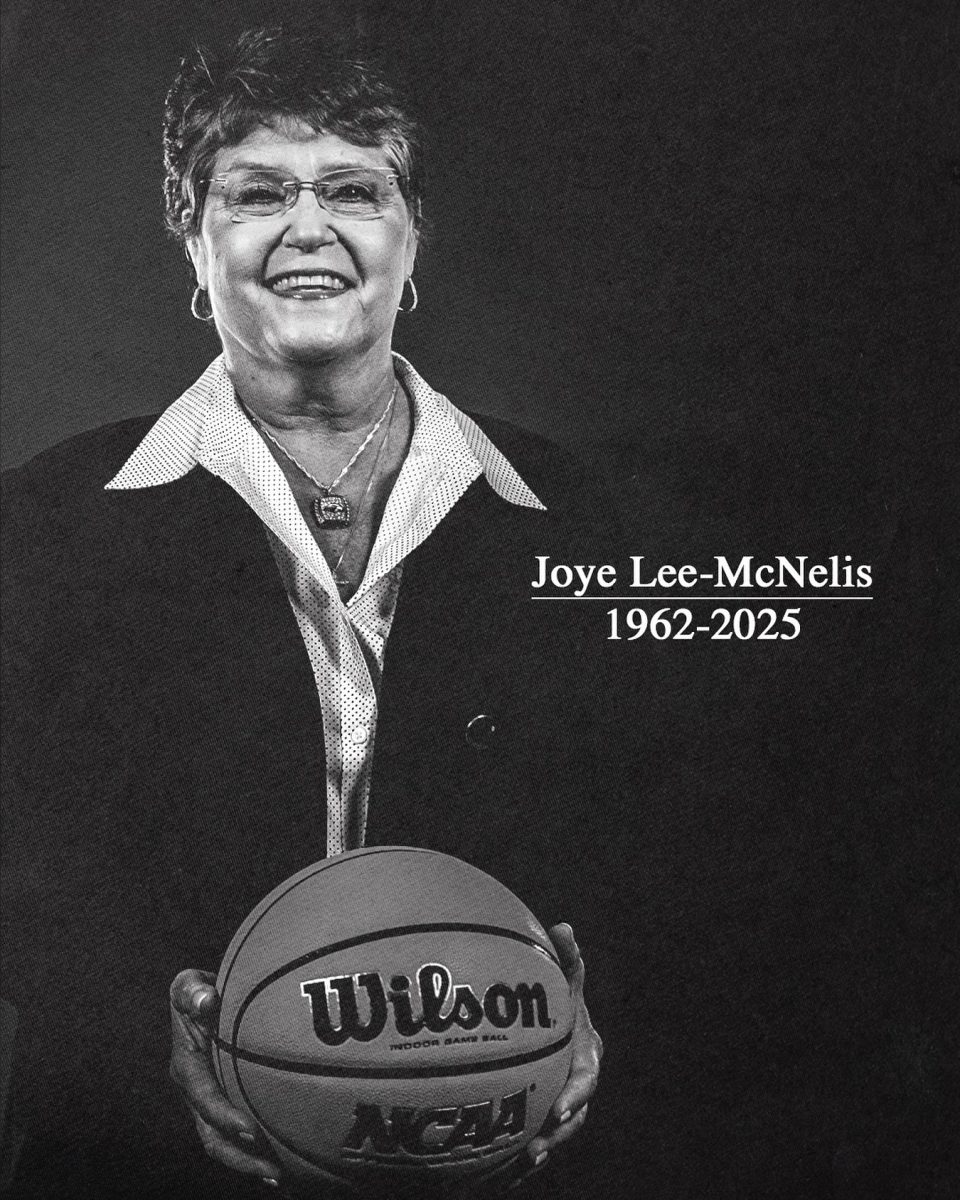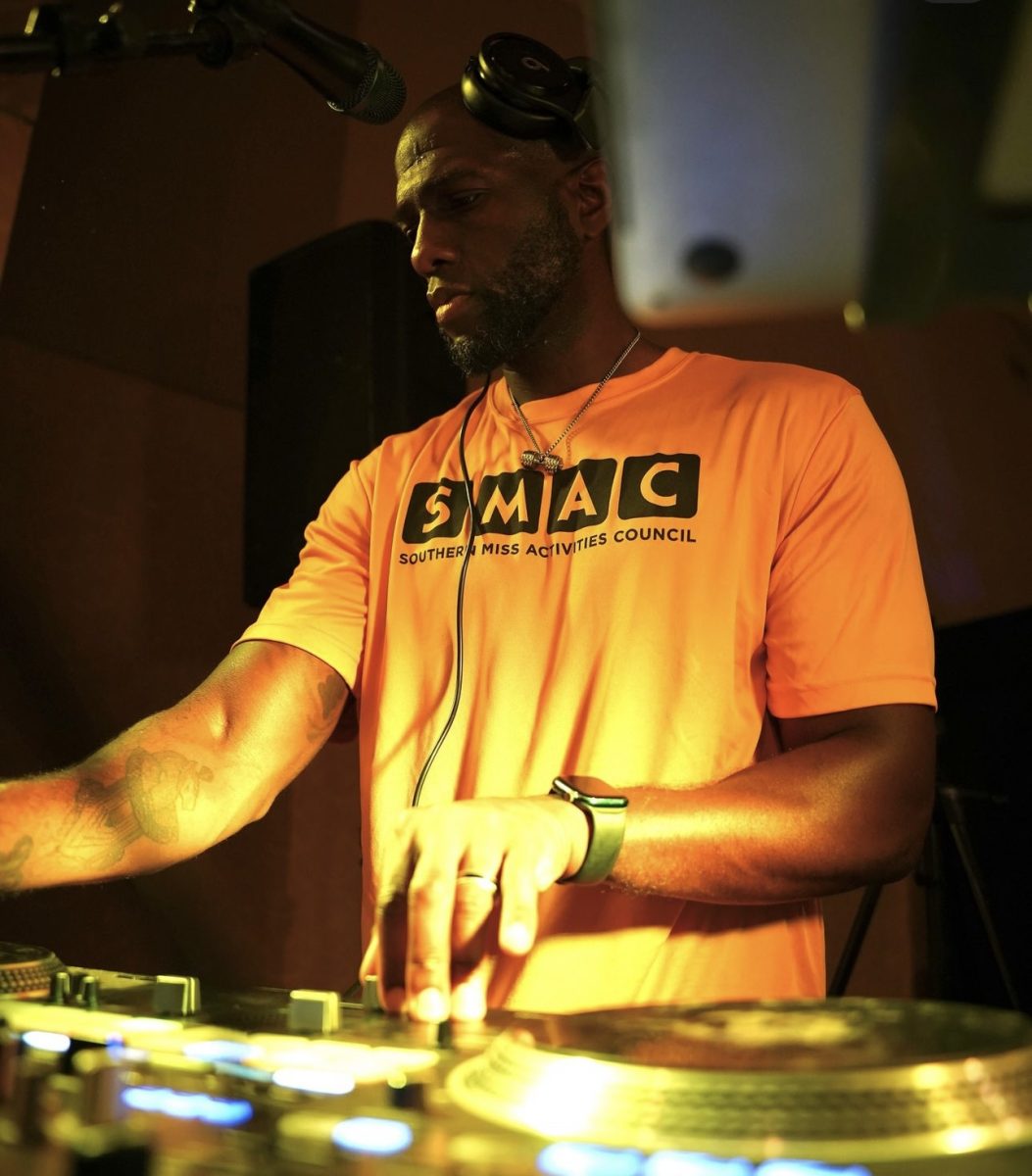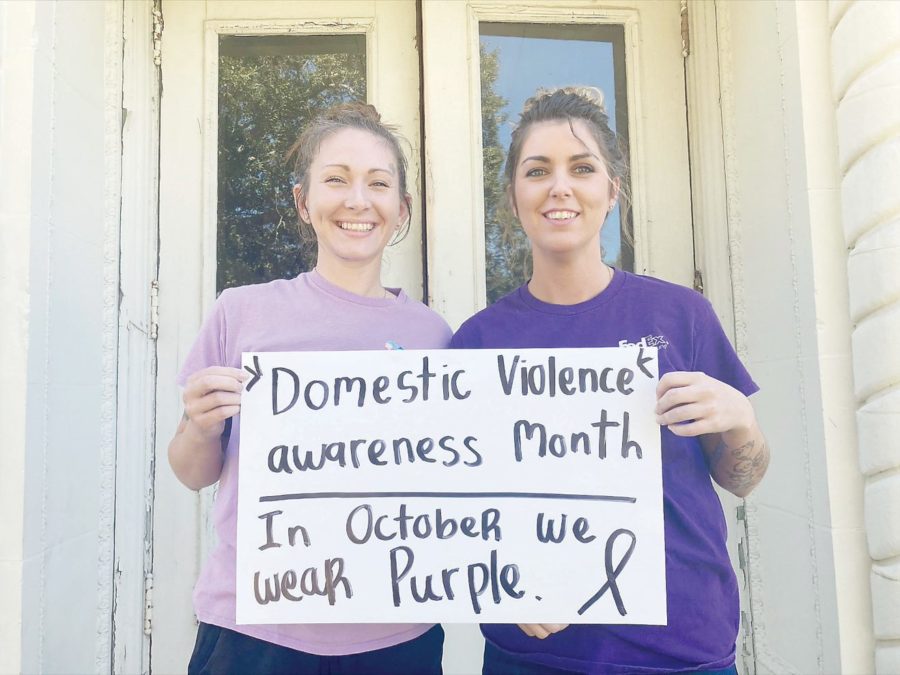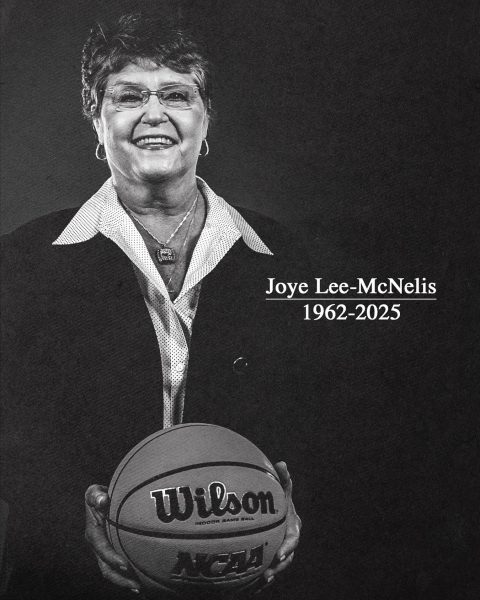Domestic Violence Awareness Month Is Here
Since 1989, October has been a dedicated month to promoting domestic violence awareness and recognizing its survivors. Domestic violence can happen to anyone at any time.
Domestic violence is defined as patterns of toxic behaviors used by one partner to gain control over the other partner in an intimate relationship. These acts of violence include but are not limited to sexual abuse, physical abuse, emotional abuse, financial abuse, verbal abuse and stalking.
Sexual abuse is any sexual act that is performed without consent. Physical abuse is any injury caused intentionally and geared to inflicting pain or harm. Emotional abuse is any non-physical act that is done to shame, guilt, manipulate or scare a person. Financial abuse is the act of holding power over one’s finances and controlling how it is spent. Verbal abuse is the act of using your words to undermine a person and neglect their emotions. Stalking is the act of pursuing a person who does not want to be pursued.
According to ncadv.org, on average, nearly 20 people per minute are physically abused by an intimate partner in the United States.
“One in four women and one in nine men experience severe intimate partner physical violence, intimate partner contact sexual violence, and/or intimate partner stalking with impacts such as injury, fearfulness, post-traumatic stress disorder, use of victim services and contraction of sexually transmitted diseases,” said the National Domestic Hotline website.
The impact of domestic violence is severe. These types of abuse have the power to leave its victims with serious mental illnesses. How can we help?
There are several resources available to a person who is experiencing domestic violence. First and foremost, if you are in immediate danger, stop and call 9-1-1. Another source for help is contacting the National Domestic Violence Hotline at 1-800-799-7233. If you or someone you know witnesses a domestic violent situation, consider your safety and if you are wanting to approach the situation, be sure to never go by yourself. There is safety in numbers.
“Walk away. If they put their hands on you, they do not care for you and by accepting their apology when they sorry is like you are telling them that it was okay,” says Patricia Netto, a staff member at the Lighthouse Rescue Mission.
“Get away from it. Talk to anyone and everyone who will listen. There are so many channels that you can go through now to reach out for help. Do not keep yourself in that situation. There are so many people with loving hearts that can help you,” says Megan Bucher, a staff member at the Lighthouse Rescue Mission.
Domestic violence does not discriminate against race, gender, or age. It shows no limitations. If you are someone you know is experiencing domestic violence, reach out and get the help you need.
“It’s still important to have hope. On average, it takes domestic violence survivors seven times to leave the relationship for good, so if it’s physically and emotionally safe for you, try to continue offering support in any way you can. Believing and supporting them can be a major factor in helping them stay safe or helping them find empowerment to leave when they’re ready,” said the Domestic Violence Hotline.
You can show your support this October for the survivors of domestic violence by wearing Purple. If you or anyone you know is experiencing domestic violence, call 9-1-1 or contact the National Domestic Violence Hotline at 1-800-799-7233.
Your donation will support the student journalists of University of Southern Mississipi. Your contribution will allow us to purchase equipment and cover our annual website hosting costs.








































